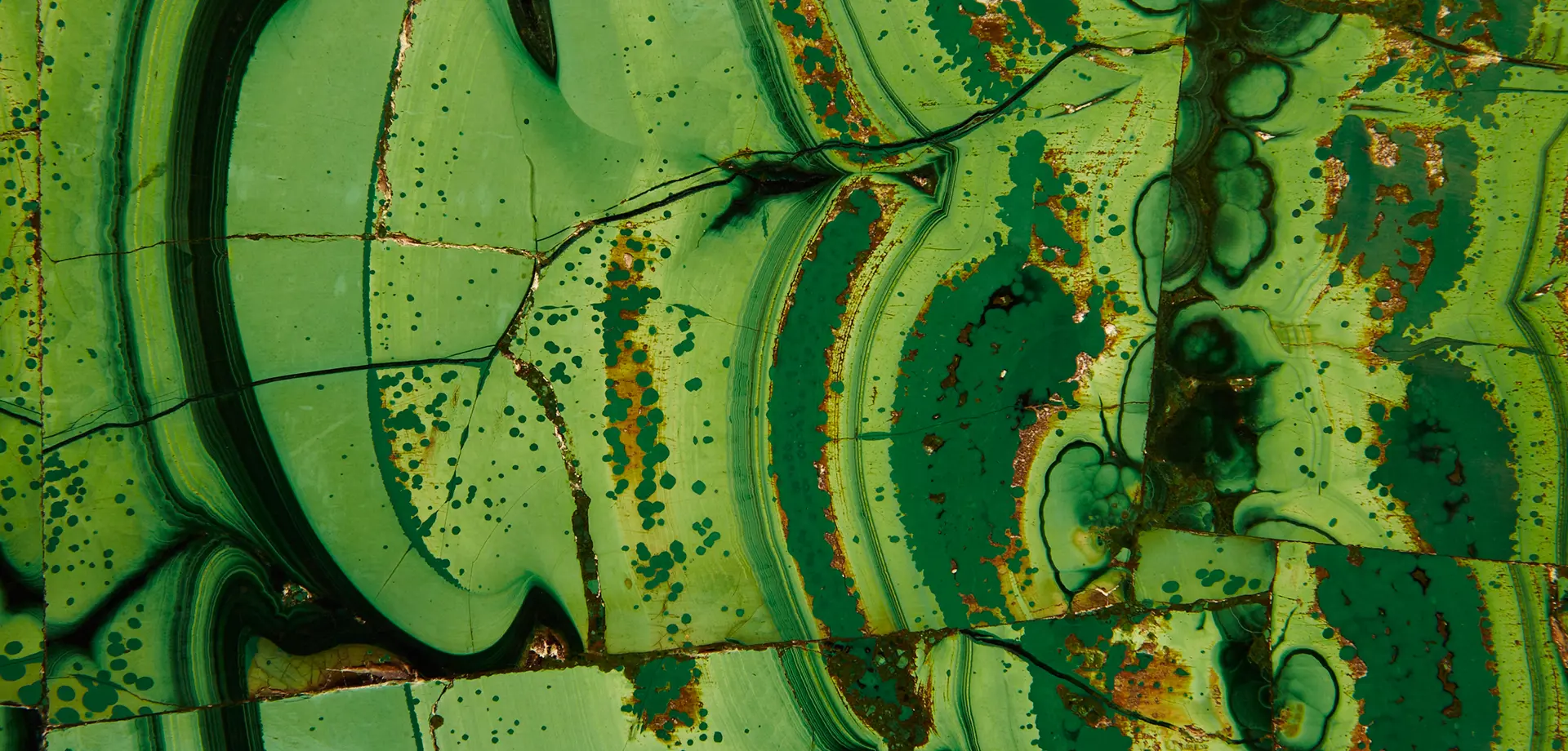Practical energy solutions
We aim to treat energy as a valuable resource and reduce the proportion of energy consumed from fossil fuels by using onsite renewables in appropriate locations. This is a long-term challenge that will require continual improvement.
You can now follow our carbon emissions story and the steps we are taking to reduce our impact.
Property carbon statement
|
Devonshire Group - energy usage at operated property |
||||||
|
|
2013 |
2014 |
2015 |
2016 |
2017 |
2018 |
|
Energy source |
(MWh) |
(MWh) |
(MWh) |
(MWh) |
(MWh) |
(MWh) |
|
Grid electric |
5,316 |
5,108 |
5,044 |
5,286 |
4,408 |
4,307 |
|
Natural gas |
6,616 |
6,653 |
7,401 |
6,301 |
7,779 |
8,263 |
|
Oil |
1,669 |
1,746 |
1,825 |
1,496 |
1,447 |
1,481 |
|
LPG |
1,642 |
1,465 |
1,262 |
1,297 |
1,166 |
1,156 |
|
Gas oil (Red diesel) |
228 |
227 |
177 |
178 |
434 |
327 |
|
Renewables |
749 |
885 |
702 |
1,914 |
2,213 |
3,091 |
|
Total energy usage |
16,220 |
16,083 |
16,411 |
16,473 |
17,446 |
18,623 |
|
Renewables as % of total |
4.61% |
5.50% |
4.28% |
11.62% |
12.68% |
16.60% |
|
Devonshire Group - carbon emissions from operated property |
||||||
|
|
2013 |
2014 |
2015 |
2016 |
2017 |
2018 |
|
(tCO2e) |
(tCO2e) |
(tCO2e) |
(tCO2e) |
(tCO2e) |
(tCO2e) |
|
|
Derbyshire |
2,773 |
2,830 |
2,778 |
2,471 |
2,296 |
2,108 |
|
Bolton Abbey |
93 |
90 |
73 |
114 |
134 |
109 |
|
Hotels and restaurants |
1,666 |
1,856 |
1,797 |
1,607 |
1,450 |
1,382 |
|
Total carbon emissions |
4,531 |
4,776 |
4,649 |
4,191 |
3,880 |
3,599 |
|
% change from 2013 |
N/A |
5.40% |
2.60% |
-7.49% |
-14.36% |
-20.56% |
|
Please note: the figures above include greenhouse gas emissions associated with the transmission and distribution of electricity, i.e. grid losses. |
||||||
What have we done so far?
We replaced our hydroelectric turbine during 2017, which will now provide us with around 100 - 200 MWh of green electricity each year. We first used hydroelectricity to help power the house in the 1890s.
We have continued to develop the Chatsworth Renewable Energy Centre with the installation of a natural gas combined heat and power plant. This works alongside two 500kW biomass boilers to produce heat and electricity for the house, stables shops and restaurants, greenhouses and Stickyard outdoor education centre. In 2018 this saved around 150 tonnes of carbon dioxide equivalent (CO2e) emissions each year – the same emissions produced from heating and powering around 29 average UK homes.
We have installed energy-efficient lighting in our farm shop, stables restaurants and some sections of the house.
We have integrated ground-source heating technology into the design of Russian Cottage, Swiss Cottage and Calton Barns holiday accommodation.
We have developed a biomass woodchip heating system for the estate office, gym, swimming pool, and seven surrounding residential properties. In 2018 this saved over 130 tonnes of CO2e emissions – the same amount of CO2e emitted from heating and powering around 25 average UK homes.
We completed energy efficiency health checks for all our major buildings in 2015 as part of the Government's Energy Savings Opportunities Scheme (ESOS).
What's next?
- Further investments in energy-saving technology including LED lighting and replacing old equipment with modern energy-efficient alternatives.
- Exploring further renewables projects in appropriate locations including biomass, ground-source heating and solar energy schemes.
- Carrying out ESOS assessments for all our major buildings in 2019.



